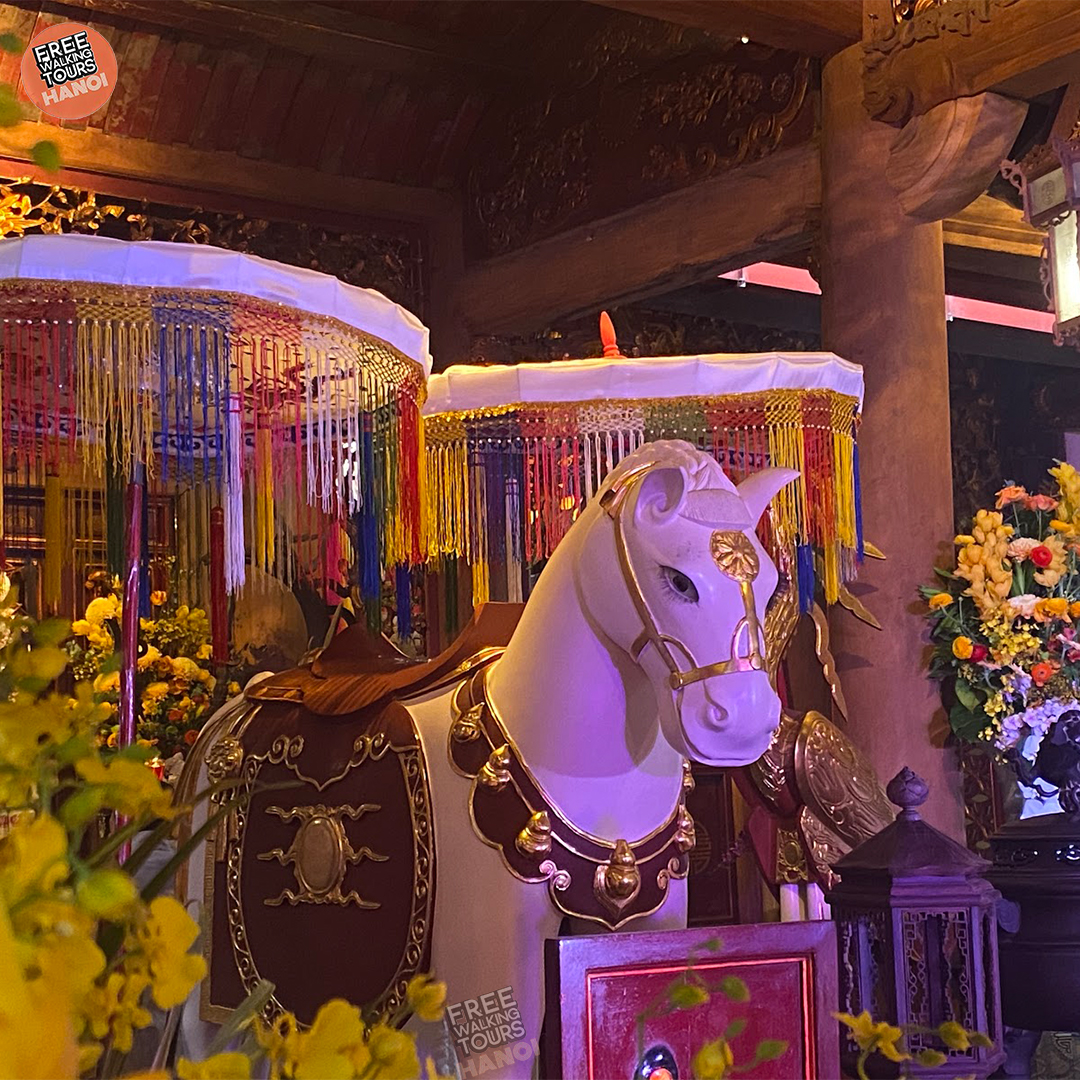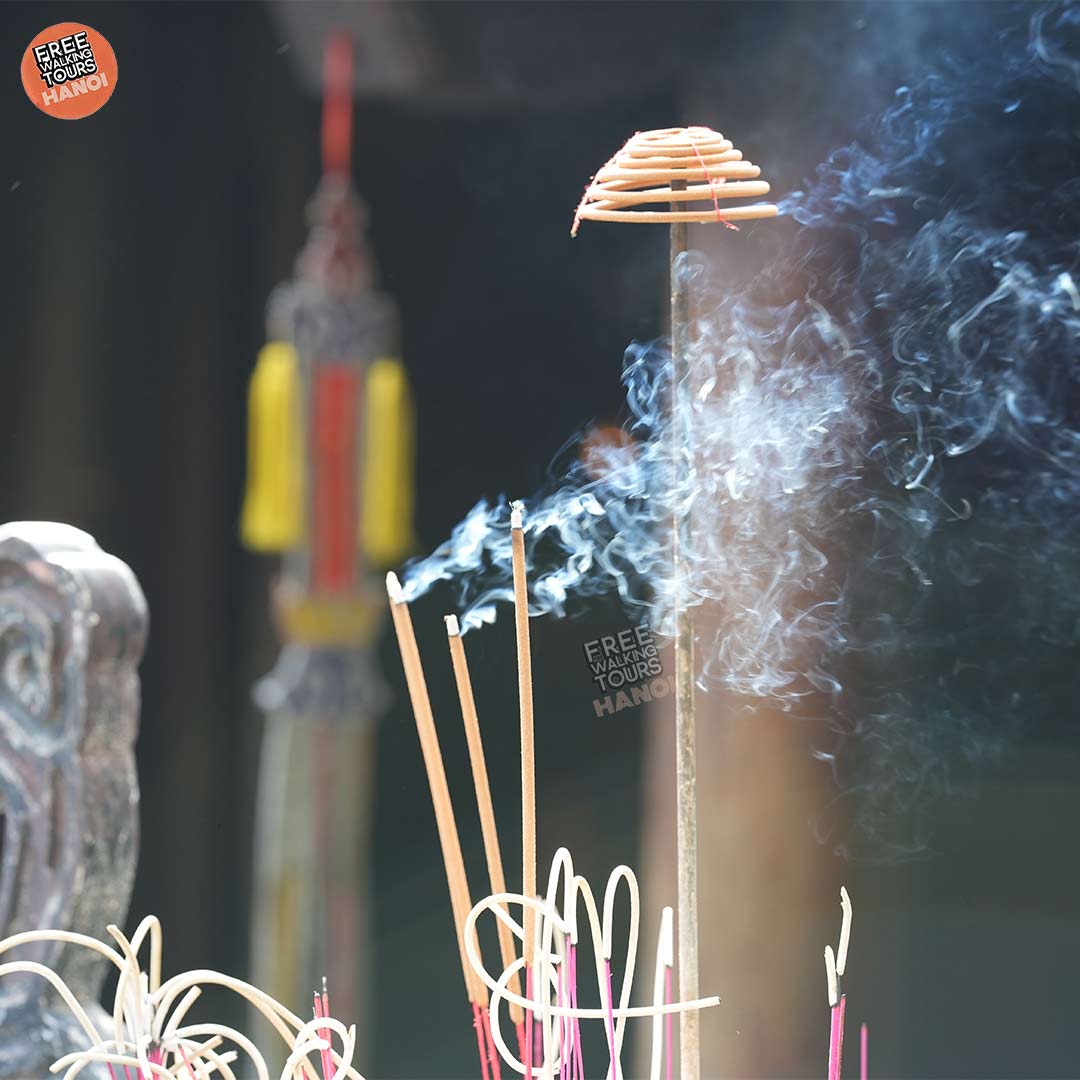Religious Traditions at Bach Ma Temple
Introduction
Bach Ma Temple, an ancient religious site nestled in the heart of Vietnam, holds significant importance in the region’s cultural and spiritual heritage. This essay delves into the rich tapestry of religious traditions observed at Bach Ma Temple, shedding light on its historical background, religious practices, and the temple’s role as a center for worship and cultural preservation.
Historical Significance:
Bach Ma Temple, dating back to the 9th century, stands as a testament to Vietnam’s enduring history and cultural heritage. Its origins can be traced to the Ly Dynasty, during which the temple was constructed in honor of the White Horse God. The temple’s historical significance lies in its association with the nation’s legends and tales, symbolizing the spiritual connection between humans and deities.
The Architecture that Reflects Devotion
The architecture of Bach Ma Temple reflects the devotion and spiritual significance attached to it. Intricately crafted wooden carvings adorn the temple’s facade, showcasing mythical creatures and intricate patterns. The vibrant red color of the temple’s exterior symbolizes prosperity and good fortune. Each architectural element carries profound meaning, creating an ambiance of reverence for the religious traditions practiced within.

The Sacred Rituals of Worship
At Bach Ma Temple, a range of sacred rituals and ceremonies take place, deepening the connection between the devotees and the spiritual realm. Visitors and worshippers partake in offerings, such as burning incense and presenting fruits, flowers, and other symbolic items. These acts of devotion demonstrate reverence and gratitude towards the deities worshipped at the temple. Throughout the year, various festivals are celebrated at Bach Ma Temple, attracting locals and tourists alike to witness the vibrant traditions.
Religious Practices and Festivals
Bach Ma Temple remains an active place of worship, and its religious practices are deeply rooted in Vietnamese spirituality. Devotees come here to pay homage to the deity, seeking blessings for good fortune, health, and happiness. Offerings of fruits, flowers, and incense are made daily, and the rhythmic sound of the temple’s large bronze bell being rung during prayer time resonates through the tranquil atmosphere.
The temple is also a focal point for various festivals throughout the year, with the most significant being the Bach Ma Temple Festival, which takes place on the 20th day of the third lunar month. This festival is a grand celebration, featuring traditional rituals, processions, and cultural performances. It is a colorful spectacle that showcases Vietnam’s rich cultural heritage and draws crowds from far and wide.
The Intersection of Spirituality and Everyday Life
The religious traditions at Bach Ma Temple intersect with the daily lives of its followers. Many believers seek guidance and blessings from the deities through prayer and meditation. The temple serves as a sanctuary, providing solace and spiritual nourishment to those seeking respite from the chaos of the outside world. The spiritual practices encompass not only individual worship but also communal activities, fostering a sense of community and shared faith among the devotees.

A Guardian of Tradition
Bach Ma Temple plays a crucial role in preserving Vietnam’s cultural heritage. The temple serves as a repository of historical artifacts, ancient texts, and traditional practices. Through meticulous preservation efforts, the temple safeguards the intangible cultural heritage associated with the religious traditions practiced within its walls. Visitors to Bach Ma Temple gain a deeper understanding of Vietnam’s rich cultural tapestry and the profound influence of religion on its society.
Cultural Preservation
Bach Ma Temple is not merely a religious site; it is a symbol of cultural preservation in Hanoi. Over the centuries, the temple has undergone multiple restorations, and each time, efforts have been made to maintain its historical authenticity. The temple’s architectural features, such as wooden beams, stone pillars, and roof tiles, are meticulously preserved and replaced when necessary to ensure the temple’s longevity.
The temple’s role as a cultural institution extends beyond its physical structure. It serves as an educational center where visitors, especially the younger generation, can learn about Vietnam’s history, folklore, and spiritual traditions. The stories and legends associated with Bach Ma Temple are a window into the nation’s past, making it an invaluable cultural asset.
If you are in Vietnam and interested in discovering more about Hanoi – the capital and its significance, we invite you to join us at Free Walking Tours Hanoi. We’ll take you across the building, and provide you with a unique perspective of the city. Book now and don’t miss out on this amazing experience.